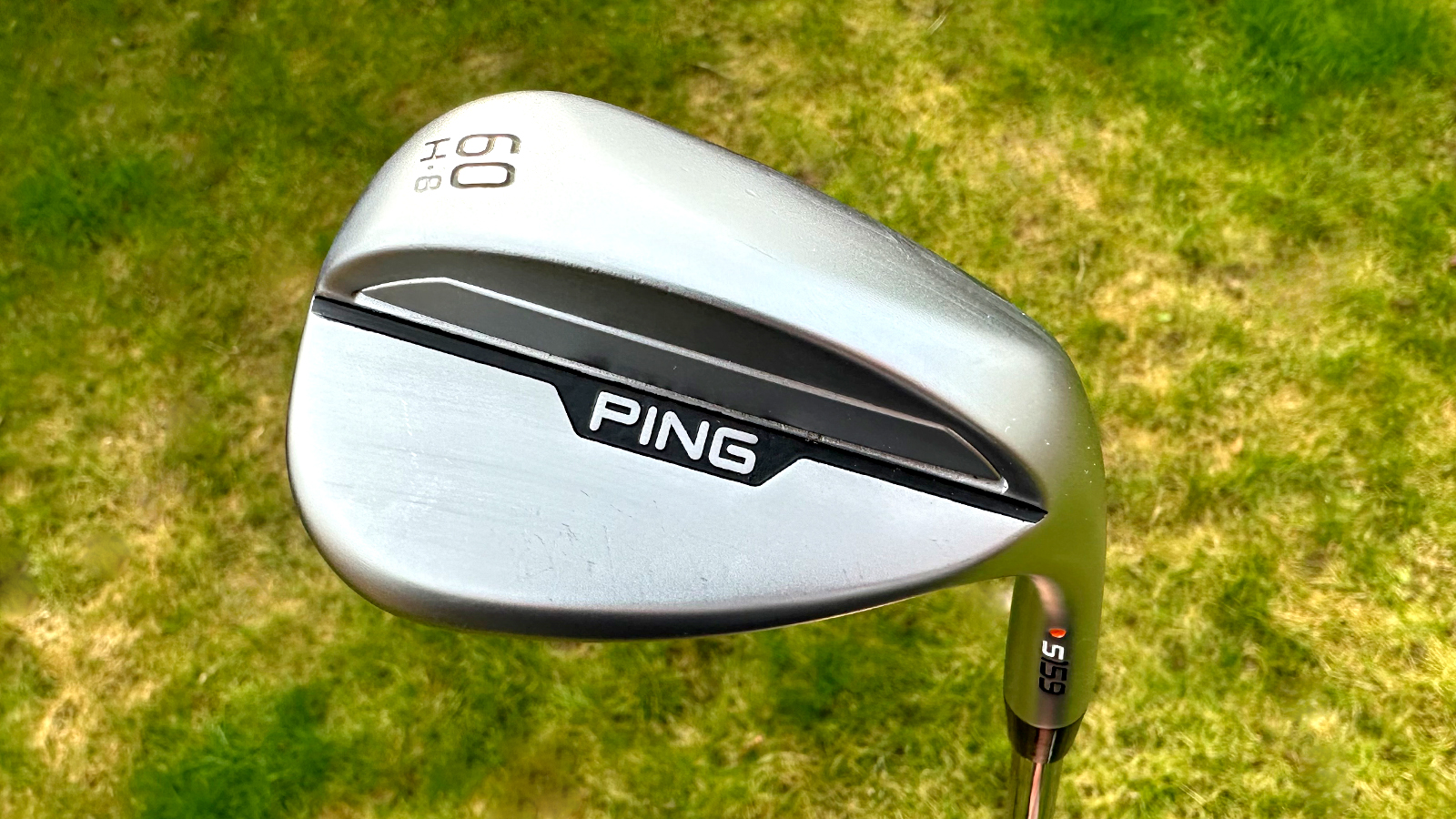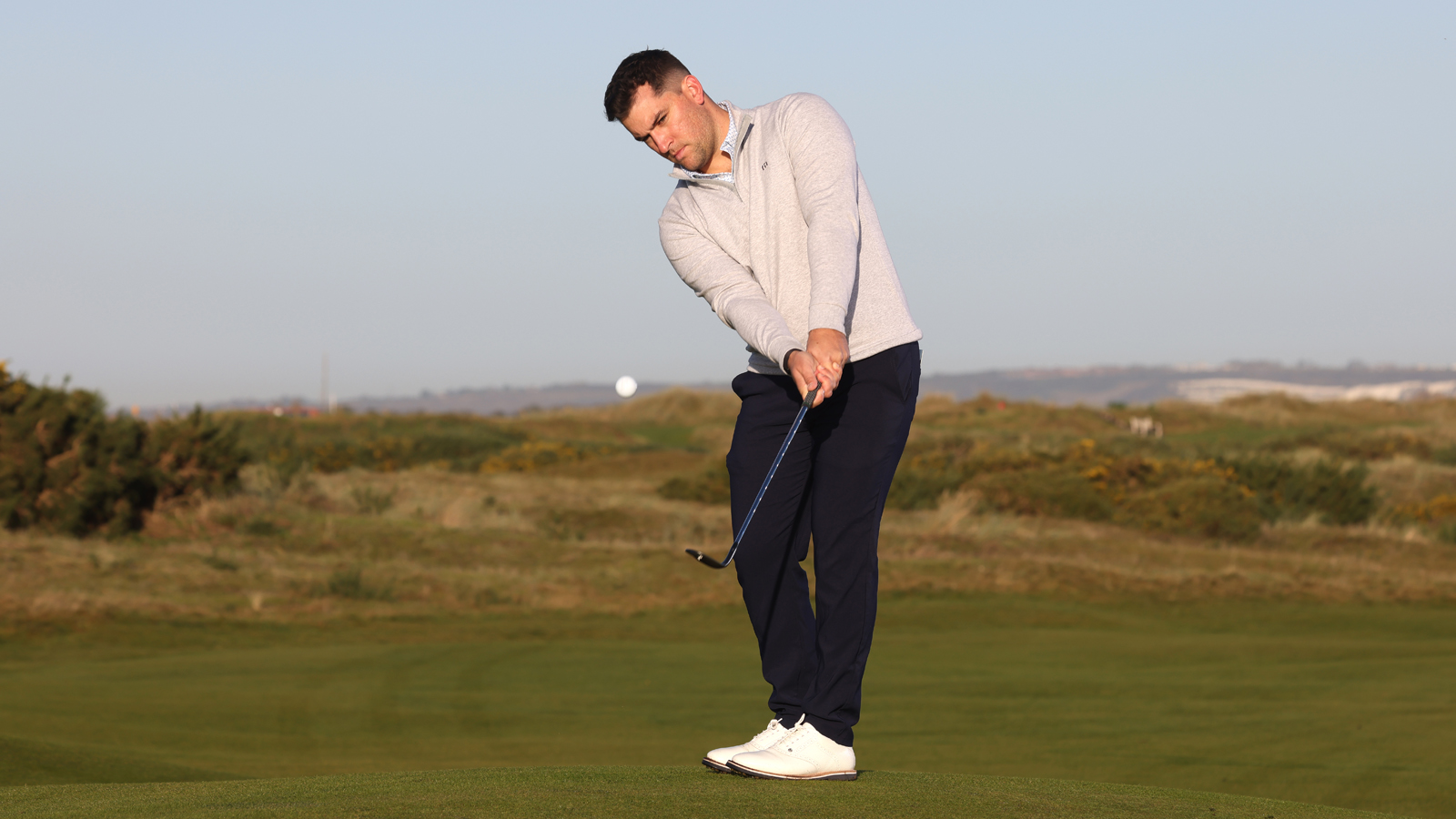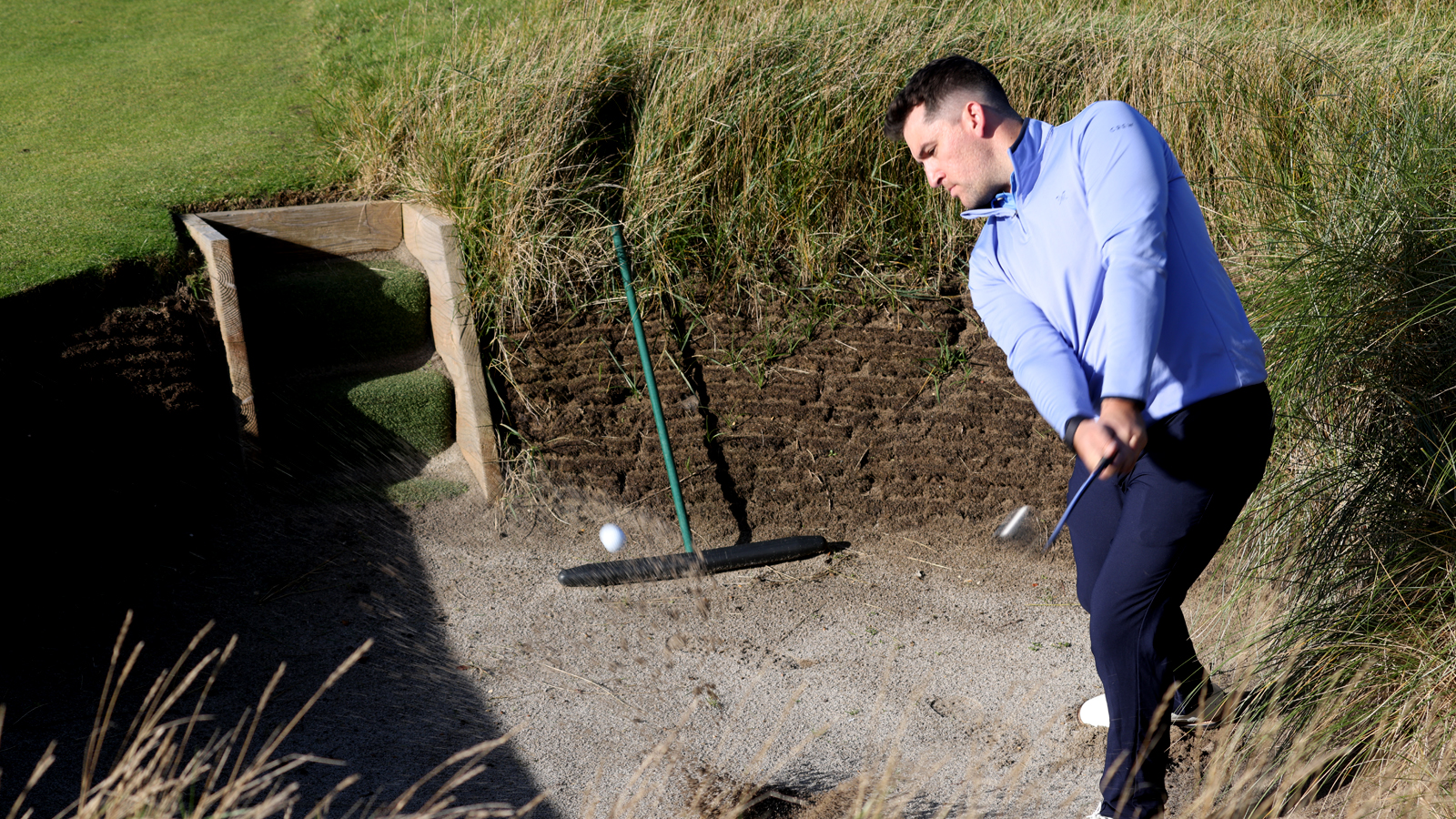
Pulling out a lob wedge and hitting a chip or pitch shot that one bounces and stops next to the pin is a skill we see frequently while watching some of the world's best on television. While I see this shot executed now and again in person from some of the more skilled golfers at my local club, I see far more horror shows from amateur golfers with this club.
The debate on how many clubs you should be able to carry is one frequently discussed among the Golf Monthly team and you could certainly make a case that an extremely high lofted wedge (58° or greater) is an unnecessary addition that could actually be putting some golfers at a disadvantage.

Growing up and going through my first sets of clubs, my 56° wedge was my most lofted wedge and this allow me to keep my short game simple and my shots repetitive. Granted, I didn’t have the skill-set at the time to manipulate the clubface and create different flights but with the 10-12° of bounce this wedge came with, there was drastically more margin for error on the strike. Even now, with a far more advanced short game than my junior days, I can see how much more reliable in producing a consistent strike is with one of these wedges than a lob wedge.
More confident golfers will look to possess a wider variety of shots in their locker, particularly when playing on challenging golf courses with tucked pin positions and fast, undulated greens and so a lob wedge with more loft will allow for shots hit with height but also high spin. As someone who grew up playing on heathland courses in the south of England with firm ground and then playing collegiate golf in Florida with sticky Bermuda grass, I pride myself on having a good short game and executing different shots with different clubs around the green. That said, there is a time and place to hit each of the low, running chip shot and the high, floaty spinning pitch shot.

Course conditions and grass conditions will play a big part in what clubs you should carry in your bag. I almost felt as though it was a necessity to have a high lofted lob wedge when playing on Bermuda grass and on championship golf courses. The Bermuda grass found in ‘the South’ and Poa Annua grass found on the West Coast of the US is sticky and caught me out many a time when trying to play my running chip shots I’d learnt as a kid. The ball would snag up in the fringe and would rarely reach my intended target and so I learnt to play with a high lofted lob wedge with plenty of bounce, so I could fly the ball further towards the hole, creating stopping power through loft and a descending blow and with high bounce in order to stop the leading edge digging in.
The challenge reversed however when it came to playing back to the UK and then trying to use my lob wedge to execute these shots on much firmer course conditions. The high bounce meant the club would kick off the turf and often catch the ball thin, often resulting in my playing another chip shot from the other side of the green! Many major manufacturers do offer the option of low bounce lob wedges, which will allow the club to glide under the ball but it takes tremendous skill and consistency to strike these wedges well, particularly for those who are steeper rather than more shallow through impact.
Learning the play shots with an open or closed face is a skill many golfers should try to add to their arsenal. Having a mid bounce 56° wedge is a nice middle ground for the majority of lies but if you open it up for a bunker shot, you get a little more effective bounce which helps the club glide through the sand.

I also find that amateurs don't have the speed in the locker to hit a lob wedge for a full shot, with the ball often ballooning up and not travelling the distance intended.
Before determining whether you have the technical ability required to use a lob wedge consistently well, golfers should consider whether a lob wedge fits in their golf bag and matches up with the gapping from the rest of their clubs. It’s worth noting the length of course you typically play and how many times you realistically will use a lob wedge on the course. If you are a shorter hitter or play on a longer golf course, it may make more sense to add another club at the top end of the bag, whether that be a more lofted fairway wood like a 9-wood, a hybrid, or perhaps another long iron to add to your current set. Having evenly distributed distances between your clubs will save you from having to always have to take speed off or really swing hard in order to hit a certain club a specific distance.
At the end of the day, we play the game of golf to shoot the lowest score and we should be using equipment that compliments us and certainly doesn’t hinder us. The next time you head out on the golf course, pay attention to how often you actually use your lob wedge if you already have one, whether you hit your intended shot when you do use it. I would encourage more golfers to play ‘the percentage play’ when around the greens - the shot you feel most comfortable with and one that will always give you a putt for an up-and-down rather than attempting the hero shot.
Yes, hitting the miracle shot with a lob wedge from a short-sided position will impress your playing partners but if you’re pulling it off only 10 percent of the time, maybe it’s time to consider whether that lob wedge really deserves a place in your bag.







